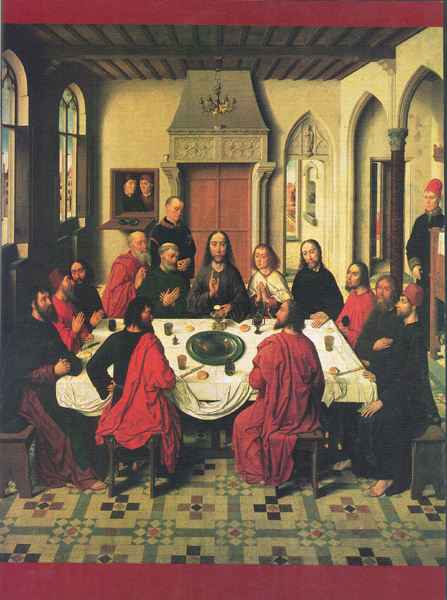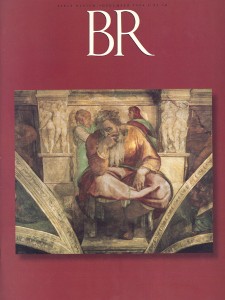
In the previous article Bruce Chilton presents some convincing ideas regarding the eucharistic words Jesus uttered at the Last Supper: “This is my body [the bread]; this is my blood [the wine]” (with slight variations in Mark 14:22–24; Matthew 26:26–28; Luke 22:19–20; and 1 Corinthians 11:24–25). The traditional interpretation is that Jesus is referring to his own body and his own blood. Instead, Chilton interprets these words in terms of the Temple sacrifice: Jesus has objected to the vulgarization of the traditional Temple sacrifice consisting of the body and blood of an animal. And so Jesus offers a substitute for the Temple sacrifice—bread and wine. This—the bread—is my substitute for the body; and this—the wine—is my substitute for the blood.
I would like to provide additional evidence for Chilton’s interpretation. When Jesus utters these words—“This is my body; this is my blood”—he is using a presentation formula like those used at the Temple for traditional sacrifices. He is actually saying, “This—the bread—is my [substitute sacrifice for the standard sacrifice of] body [meat or flesh of the animal at the Temple];” this—the wine is my [substitute sacrifice for the standard sacrifice] of blood [of the animal at the Temple].”
Already a library member? Log in here.
Institution user? Log in with your IP address.

